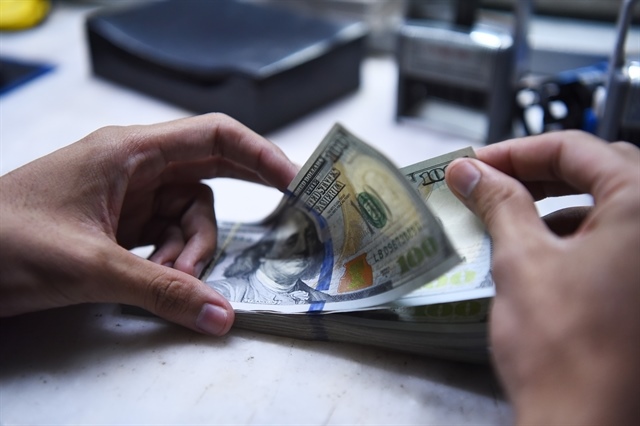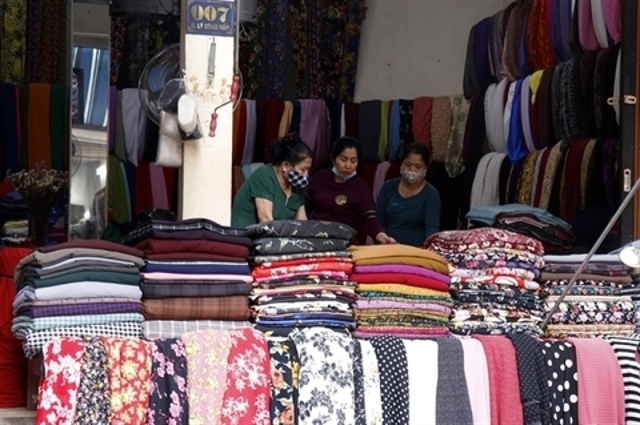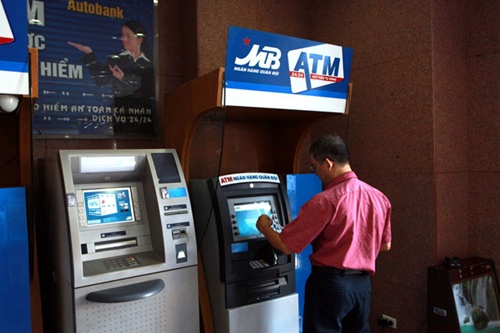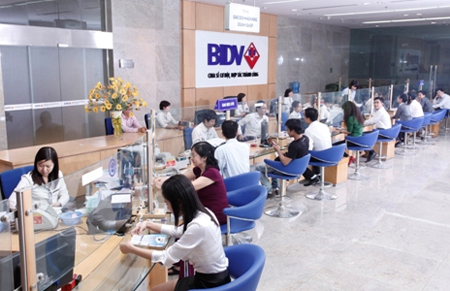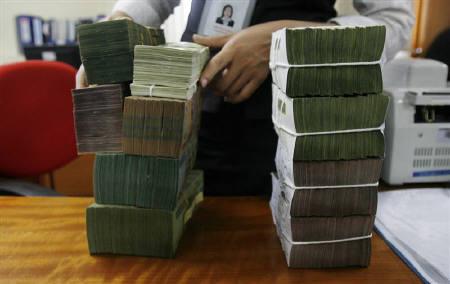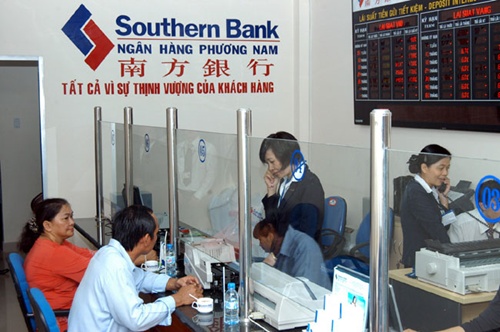Interbank market debt dips after surge in banking capital
Interbank market debt dips after surge in banking capital
The traded volume of interbank debt dropped continually during the second quarter from the previous three-month period and was only valued at VND938,359 billion ($43.1 billion), down 19 per cent quarter-over-quarter. This decline in traded volume did not follow the trend of the past two years as traded volume in the interbank market rose gradually towards the year-end. We identify some key reasons for the fall in traded volume as follows:
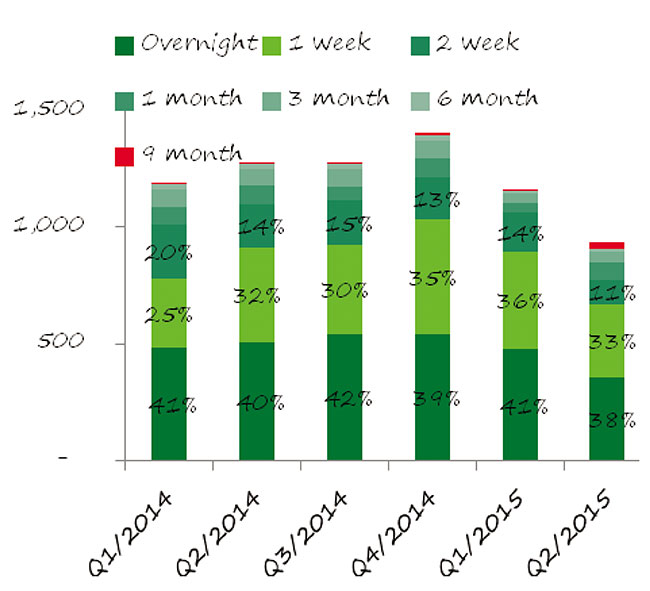
First, demand for borrowings via the interbank market fell due to lower issuing volume of government bonds. In the primary bond market, the State Treasury (ST) only issued more-than-five-year bonds. As most of the funds of banks are short-term, their demand for long-term assets was not significant. Additionally, the winning yields of government bonds did not meet investor’s satisfaction. During the second quarter, there were VND29,718 billion ($1.4 billion) worth of government and government-guaranteed bonds that came due. But the VND28,632 billion ($1.3 billion) of bond issuance was quite balanced with the bond value coming due, which did not spur borrowing demand via the interbank market.
Secondly, banks’ Tier 1 and Tier 2 capital grew strongly. As of the end of May, the capital of banking systems rose at 8.0 per cent from the beginning of this year, much higher than the growth rate of 2.3 per cent for the same period of last year. Banks, as requested by the State Bank of Vietnam, did not pay high dividends and retained most of their profit in order to raise equity. Regulations included in Circular 36 which became effective on February 1 also contributed significantly to surging bank capital. This circular allowed the risk ratios of loans for real estate and stock investments, which account for the majority of banks’ outstanding loans, to be reduced from 250 per cent stipulated under Circular 13 to 150 per cent, the lowest levels ever allowed.
Third, Circular 36 allows increasing short-term capital for medium and long term loans. As a result, banks now can provide more credit based on the same amount of capital and the same capital structure. This narrowed the borrowing demand in the interbank market.
Fourth, Circular 36 did minimise the situation of virtual capital and cross-ownership. Thus equity capital and business capital of banks has become more real. The growth of total assets and liquidity of banks are now better controlled.
The monthly report and semi-annual reports issued by National Financial Supervisory Commission in June explain that credit institutions tended to tighten their assets original from making loans in interbank markets (i.e. less capital invested in the interbank market) with the aim of increasing transparency in their asset balance. This, consequently, helped to improve the whole banking system’s effectiveness. The average interbank market rates during the second quarter slipped over most maturities from the previous quarter. This momentum completely contrasted with interbank rate movement during the first quarter when they were moved up significantly. According to Bloomberg, the average rates of the interbank market during the second quarter were: overnight (3.26 per cent, down 60 bps), one-week (3.55 per cent, down 47 bps), two-week (3.82 per cent, down 31 bps) and one-month (4.14 per cent, down 11 bps).
Decreasing interbank interest rates partially subsidised interest rates for loan expenses of credit institutions applying in the market, which was maintained at a low level, unchanged compared with the end of last year despite the pressure from increasing the exchange rate by one per cent from July 5.




